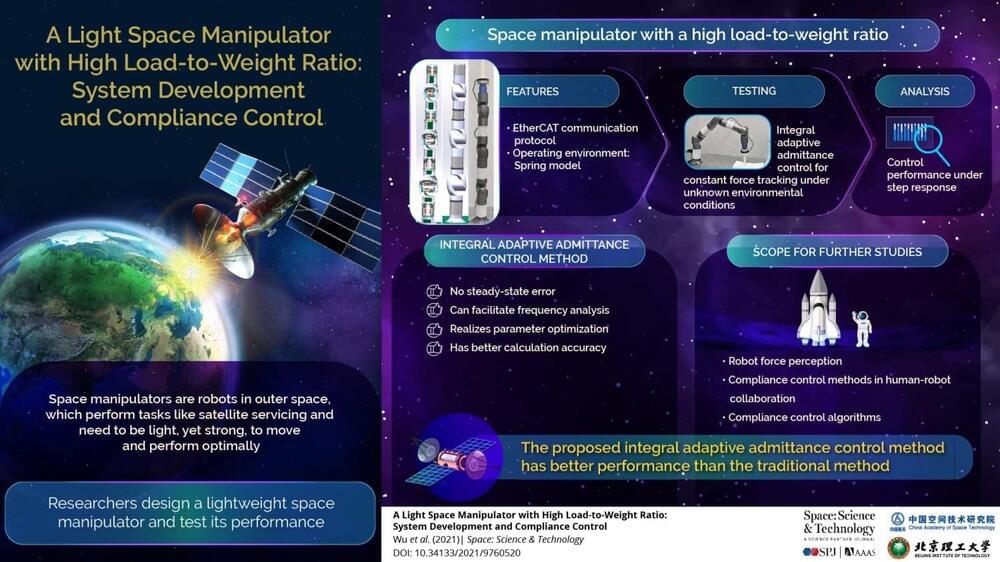Soar’s primary power will be battery-powered electric engines, but it will also burn liquid-hydrogen fuel to extend its range to three hours.




Researchers have discovered 14 new types of cross-site data leakage attacks against a number of modern web browsers, including Tor Browser, Mozilla Firefox, Google Chrome, Microsoft Edge, Apple Safari, and Opera, among others.
Collectively known as “XS-Leaks,” the browser bugs enable a malicious website to harvest personal data from its visitors as they interact with other websites in the background without the targets’ knowledge. The findings are the result of a comprehensive study of cross-site attacks undertaken by a group of academics from Ruhr-Universität Bochum (RUB) and Niederrhein University.
“XS-Leaks bypass the so-called same-origin policy, one of a browser’s main defences against various types of attacks,” the researchers said in a statement. “The purpose of the same-origin policy is to prevent information from being stolen from a trusted website. In the case of XS-Leaks, attackers can nevertheless recognize individual, small details of a website. If these details are tied to personal data, those data can be leaked.”
This interview is part of: Session 79: “Technocracy Gone Wild” — Corona Committee https://odysee.com/@OzFlor:7/S79:b?r=HDDvXcSXyPqMdQ7etCy1b7hhhmz9zZKU Support our work / soutenez notre travail https:…



Robots are already in space. From landers on the moon to rovers on Mars and more, robots are the perfect candidates for space exploration: they can bear extreme environments while consistently repeating the same tasks in exactly the same way without tiring. Like robots on Earth, they can accomplish both dangerous and mundane jobs, from space walks to polishing a spacecraft’s surface. With space missions increasing in number and expanding in scientific scope, requiring more equipment, there’s a need for a lightweight robotic arm that can manipulate in environments difficult for humans.

Robots are already in space. From landers on the moon to rovers on Mars and more, robots are the perfect candidates for space exploration: they can bear extreme environments while consistently repeating the same tasks in exactly the same way without tiring. Like robots on Earth, they can accomplish both dangerous and mundane jobs, from space walks to polishing a spacecraft’s surface. With space missions increasing in number and expanding in scientific scope, requiring more equipment, there’s a need for a lightweight robotic arm that can manipulate in environments difficult for humans.
However, the control schemes that can move such arms on Earth, where the planes of operation are flat, do not translate to space, where the environment is unpredictable and changeable. To address this issue, researchers in Harbin Institute of Technology’s School of Mechanical Engineering and Automation have developed a robotic arm weighing 9.23 kilograms—about the size of a one-year-old baby—capable of carrying almost a quarter of its own weight, with the ability to adjust its position and speed in real time based on its environment.
They published their results on Sept. 28 in Space: Science & Technology.


In a new paper published in Space: Science & Technology, a team of researchers have created a new lightweight robotic arm with precision controls.
As missions in space increase in scope and variety, so to will the tools necessary to accomplish them. Robots are already used throughout space, but robotic arms used on Earth do not translate well to space. A flat plane relative to the ground enables Earth-bound robotic arms to articulate freely in a three-dimensional coordinate grid with relatively simple programming. However, with constantly changing environments in space, a robotic arm would struggle to orient itself correctly.